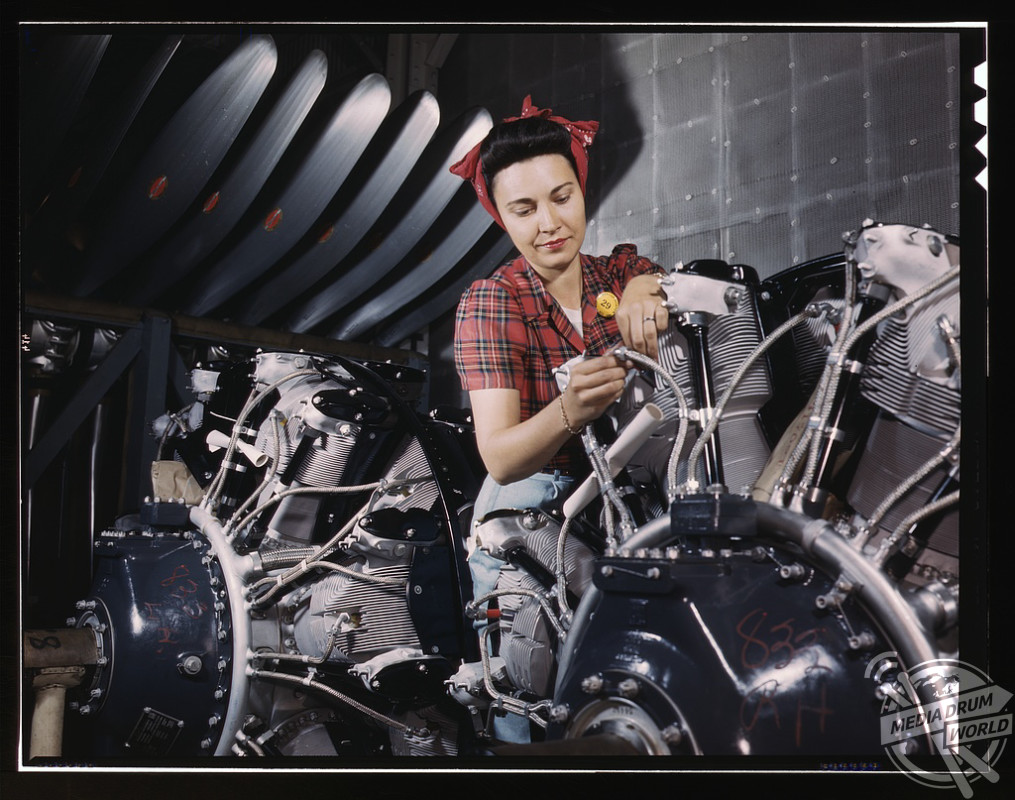
By Mark McConville
THE IMPACT women had on the war effort during World War Two has been revealed in a series of intimate colour photographs.
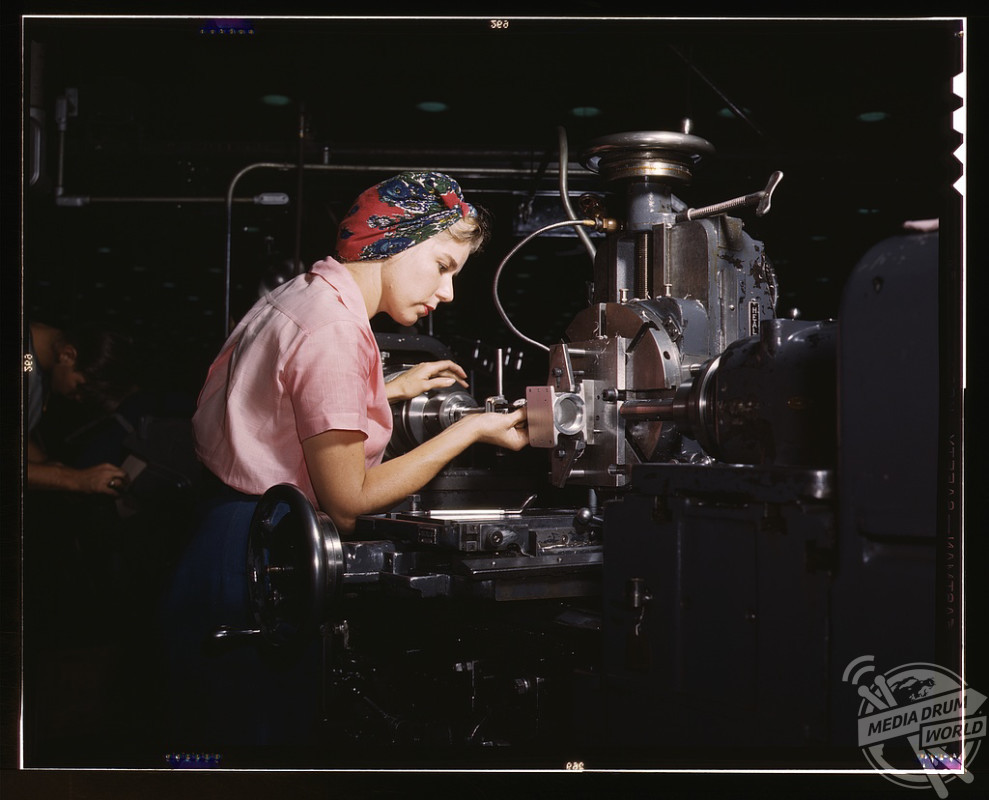
The incredible images show women working on assembly lines in factories as they built fighter planes that would be used by the men on the frontline.
Other shots show women relaxing in the sun on their lunchtime break and publicising the Salvage for Victory campaign to salvage materials for the American war effort.
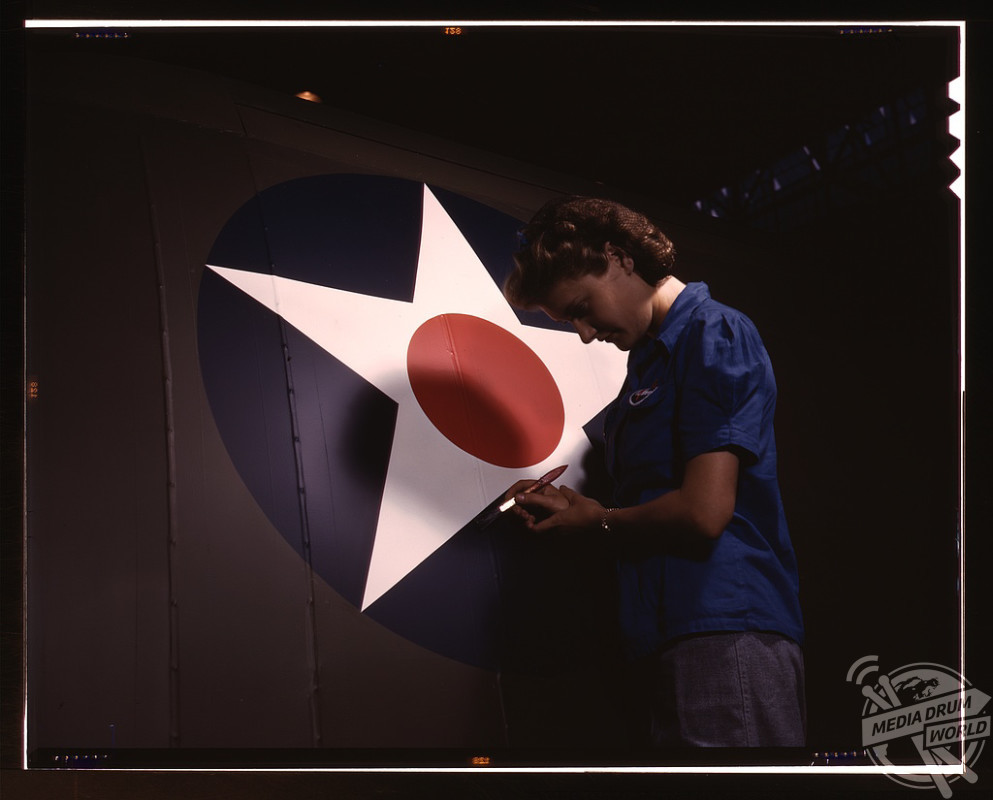
The stunning snaps were taken in 1943 by photographer Alfred T. Palmer who is best known for his photographs depicting America during World War II, as he became an Office of War Information photographer from 1942 until 1943.
The pictures depict how women slotted into the workforce to keep the factories running smoothly while the men were away fighting on the frontline.
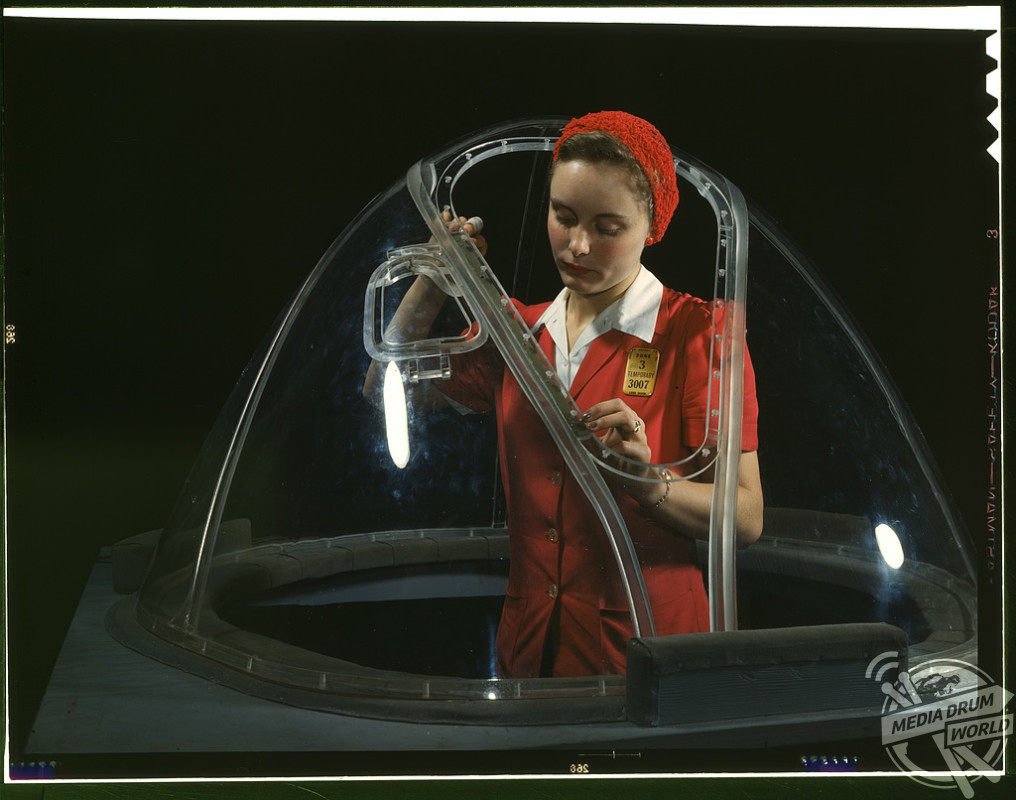
One woman can be seen operating a hand drill at the North American Aviation Inc while another woman operates a riveting machine at the Douglas Aircraft Company plant to join sections of wing ribs to reinforce the inner wing.
One worker puts the finishing touches to a plane’s landing gear while others work on a Vengeance dive bomber.
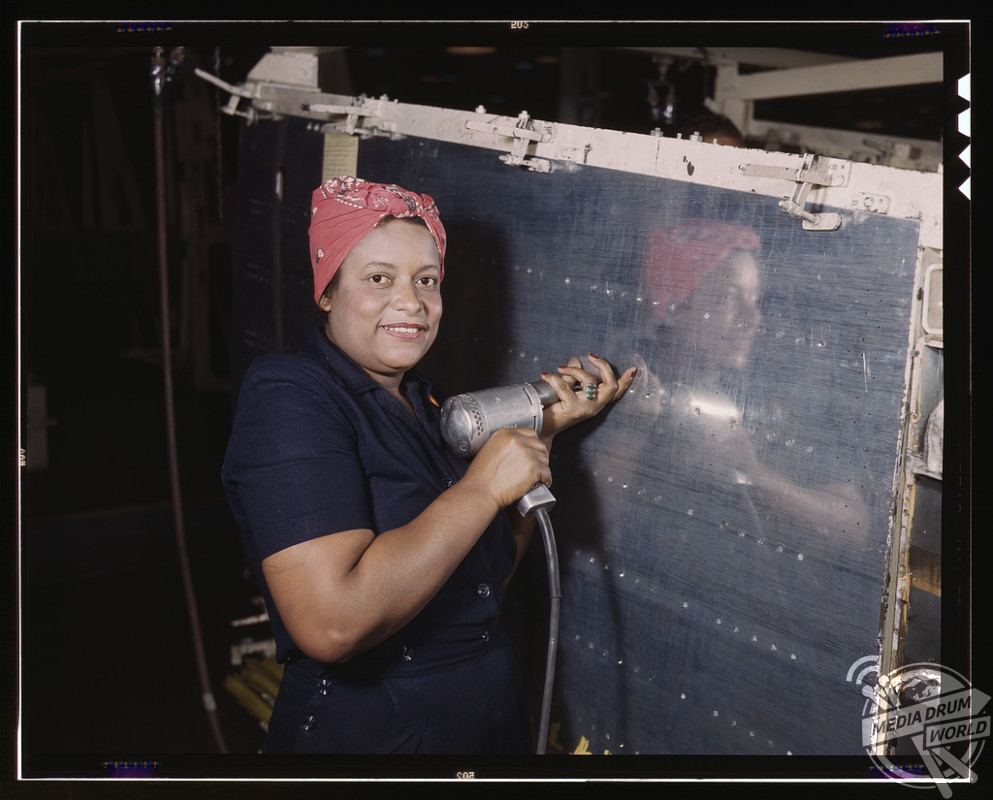
During WWII women worked in factories producing munitions, building ships, aeroplanes, in the auxiliary services as air-raid wardens, fire officers and evacuation officers, as drivers of fire engines, trains and trams, as conductors and as nurses.
Government figures show that women’s employment increased during the Second World War from about 5.1 million in 1939 (26%) to just over 7.25 million in 1943 (36% of all women of working age).
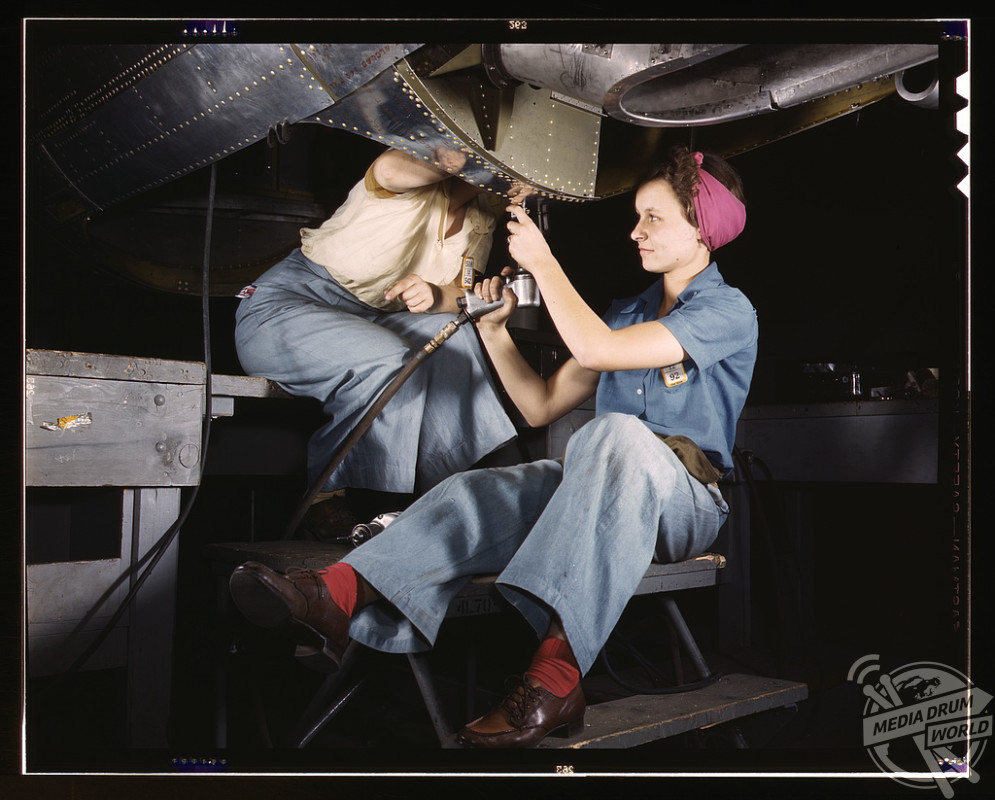
Forty-six percent of all women aged between 14 and 59, and 90% of all able-bodied single women between the ages of 18 and 40 were engaged in some form of work or National Service by September 1943 (H M Government, 1943, p. 3).






